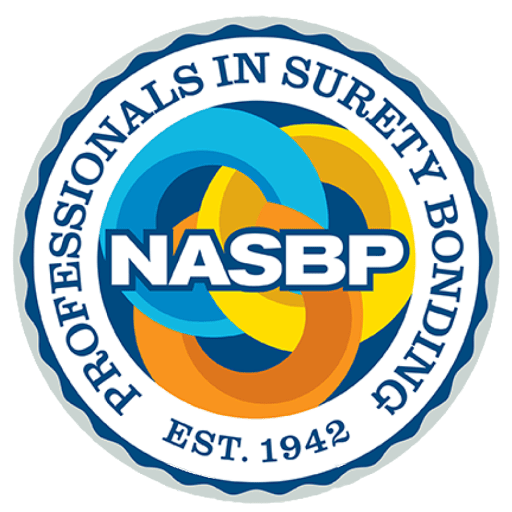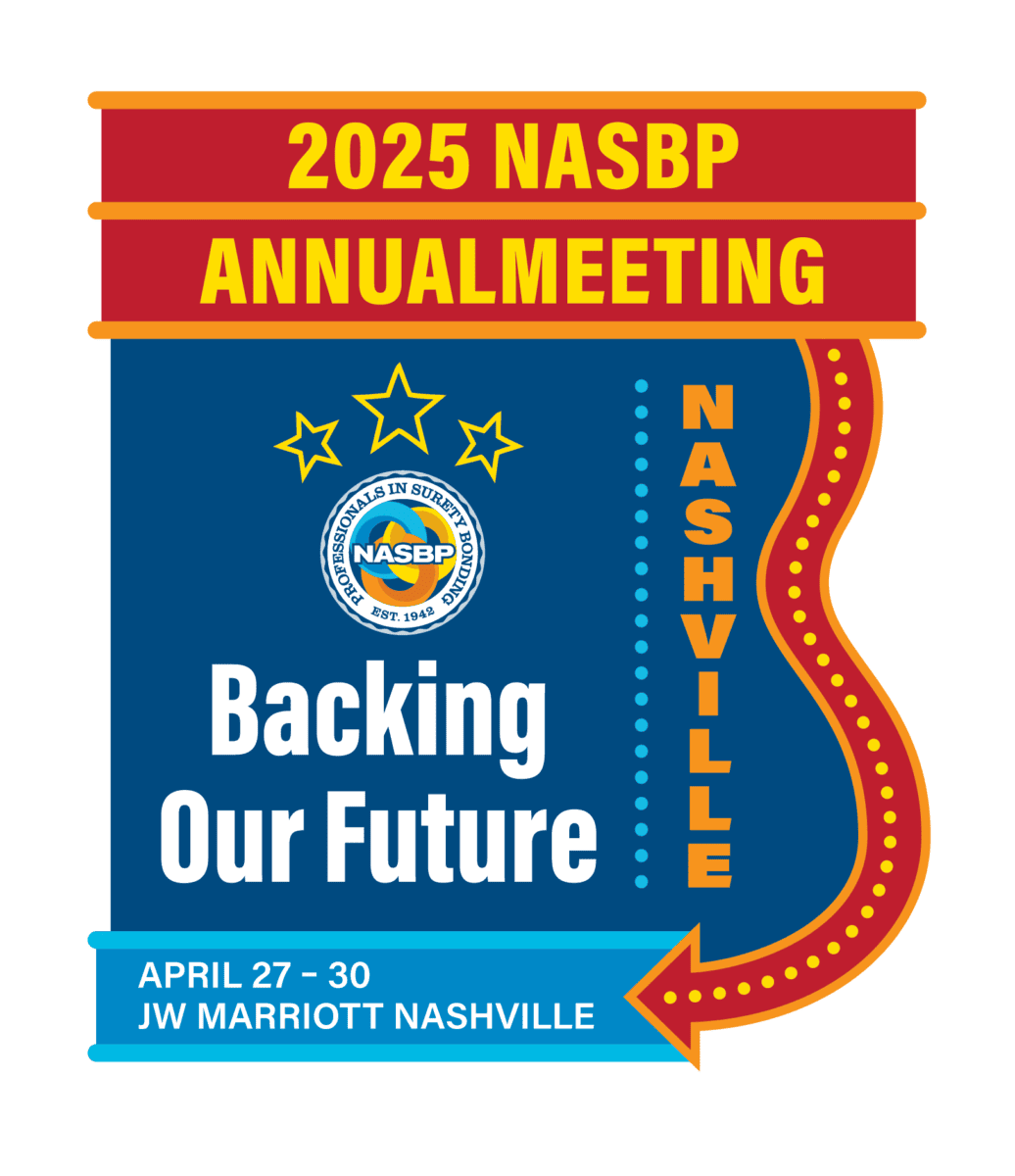Capitol Hill Report
U.S. Congress Reconvenes
The U.S. Congress reconvened on October 15 after a two-week recess. Much of the coverage in the U.S. House of Representatives focuses on the impeachment of President Trump concerning withheld military funding appropriated by Congress directed to the Ukraine. Outstanding issues that still need to be addressed before the end of the first session of the 116th Congress include funding the federal government (a short-term funding bill expires on November 21), which also includes passing the annual defense spending bill, aka the National Defense Authorization Act (NDAA), which may be considered sometime this week.
Before the end of this session, U.S. Senator John Boozman (R-AR), Chair of the Appropriations Subcommittee on Military Construction, Veterans Affairs, and Related Agencies, is expected to release his bill calling for $3.6 billion dedicated for construction on military base projects. The $3.6 billion was deferred by the President to fund wall construction at the Southern border. Although there is no money specifically set aside for the wall, backfilling the transferred fund is seen by Democrats as implied acceptance of more money for that endeavor, though it is not apparent where the money would originate from.
U.S. House Small Business Committee Chairwoman Nydia Velázquez (D-NY-7th) reintroduced H.R. 224, which exempts the Miller Act from threshold increases (per Title 41 USC § 1908) due to inflation. While H.R. 224 was included in the base text of the NDAA, H.R. 2500, this provision was not included in the Senate’s NDAA version. Before the Title 41/Velázquez language could be considered for inclusion in the final NDAA bill, U.S. Senator Ron Johnson (R-WI), who chairs the Committee on Homeland Security and Governmental Affairs (HSGAC), first needed to waive HSGAC’s jurisdiction over Title 41. Chairman Johnson was not persuaded by letters from Wisconsin sureties and local Wisconsin businesses to waive jurisdiction, blunting the opportunity to retain the Title 41/Velázquez language in the final NDAA bill. HSGAC staff’s argument was that the Miller Act should be adjusted for inflation the same as all federal acquisition thresholds to align it with the current rate of inflation. NASBP’s counter-argument was that the Miller Act is enacted as a protective/remedial statute for the specific protection of subcontractors and U.S. taxpayers and should be exempted from rote inflation adjustments. Subsequently, each adjustment will increase the payment bond threshold and more small construction businesses (subcontractors and suppliers) will not have payment bond protection on federal construction projects. Moving forward, the surety industry will continue to seek legislative opportunities and champions for this important issue.
provision was not included in the Senate’s NDAA version. Before the Title 41/Velázquez language could be considered for inclusion in the final NDAA bill, U.S. Senator Ron Johnson (R-WI), who chairs the Committee on Homeland Security and Governmental Affairs (HSGAC), first needed to waive HSGAC’s jurisdiction over Title 41. Chairman Johnson was not persuaded by letters from Wisconsin sureties and local Wisconsin businesses to waive jurisdiction, blunting the opportunity to retain the Title 41/Velázquez language in the final NDAA bill. HSGAC staff’s argument was that the Miller Act should be adjusted for inflation the same as all federal acquisition thresholds to align it with the current rate of inflation. NASBP’s counter-argument was that the Miller Act is enacted as a protective/remedial statute for the specific protection of subcontractors and U.S. taxpayers and should be exempted from rote inflation adjustments. Subsequently, each adjustment will increase the payment bond threshold and more small construction businesses (subcontractors and suppliers) will not have payment bond protection on federal construction projects. Moving forward, the surety industry will continue to seek legislative opportunities and champions for this important issue.
House Select Committee on the Modernization of Congress
The House Select Committee on the Modernization of Congress, which was formed in January to make recommendations to establish efficiency and civility among House members, has approved 29 recommendations. Among the recommendations of the Select Committee (comprised of six Democrats and Republicans) are: updating technology to retain experienced Capitol Hill staffers; reinstating earmarks (setting funds aside for a project); and passing two-year budget resolutions to avoid government shutdowns. Before the end of the year, the Select Committee will also consider adjusting the House Congressional Calendar to expand the time members are in DC with the hopes of fostering more bipartisan relationships.
One consideration is for members of Congress to arrive in DC on Monday night (as usual), but rather than returning to their home districts by noon on Thursday, every other week members would stay in DC until late into the day on Friday. This option may provide members more time to learn about complex subjects and to find common ground on how to remedy them. The additional time in DC may offer members more time to interact with each other socially as well, which was once a common occurrence. Other plans being discussed, which may be considered “pie-in-the-sky,” include keeping members in DC for three weeks, with a stipend for housing costs but with a ban on fundraising during the time they are in DC. This plan allows members time to concentrate solely on their work while removing the pressures of constantly having to fundraise for their next election. While all these have merit, members still want to be back in their districts with their constituents and families.
Coming Soon—PowerPoint Slides for Members’ Use in Putting on Bonding Awareness Programs
 The NASBP Government Relations Department will soon release a new resource to better guide producers on conducting a half-day bond education. The “NASBP Bonding Awareness Toolkit,” created in conjunction with the Small & Emerging Business Committee, provides the educational material and resources to conduct a half-day bonding awareness seminar. The Toolkit features four comprehensive and customizable PowerPoints: Bonding for New and Emerging Contractors, Construction Accounting, Risk Management and Legal Concerns, and Banking and Financing for Contractors. These PowerPoints are ready to be presented as is but can also be combined, edited, and customized based on the presenter’s preferences and the instructor’s expertise on the subject.
The NASBP Government Relations Department will soon release a new resource to better guide producers on conducting a half-day bond education. The “NASBP Bonding Awareness Toolkit,” created in conjunction with the Small & Emerging Business Committee, provides the educational material and resources to conduct a half-day bonding awareness seminar. The Toolkit features four comprehensive and customizable PowerPoints: Bonding for New and Emerging Contractors, Construction Accounting, Risk Management and Legal Concerns, and Banking and Financing for Contractors. These PowerPoints are ready to be presented as is but can also be combined, edited, and customized based on the presenter’s preferences and the instructor’s expertise on the subject.
NASBP understands that an important part of developing and promoting the surety market is increasing the availability of surety bonds to small and emerging contractors. Moreover, the goal is to provide members with the resources and opportunities to educate small and emerging contractors and to assist these contractors in becoming bond ready. Becoming bondable is a challenge for many such companies, and this Toolkit aims to help businesses grow by obtaining and building bonding capacity.
Designed as an easily accessible resource for producers, the Toolkit builds on presentations that were previously used in bonding educational programs that were established through a partnership between NASBP and the U.S. Small Business Administration Office of Surety Guarantees. NASBP will soon make the slides available from the NASBP learning and developmental platform, SuretyLearn.
Get Important Surety Industry News & Info
Keep up with the latest industry news and NASBP programs, events, and activities by subscribing to NASBP Smartbrief.




